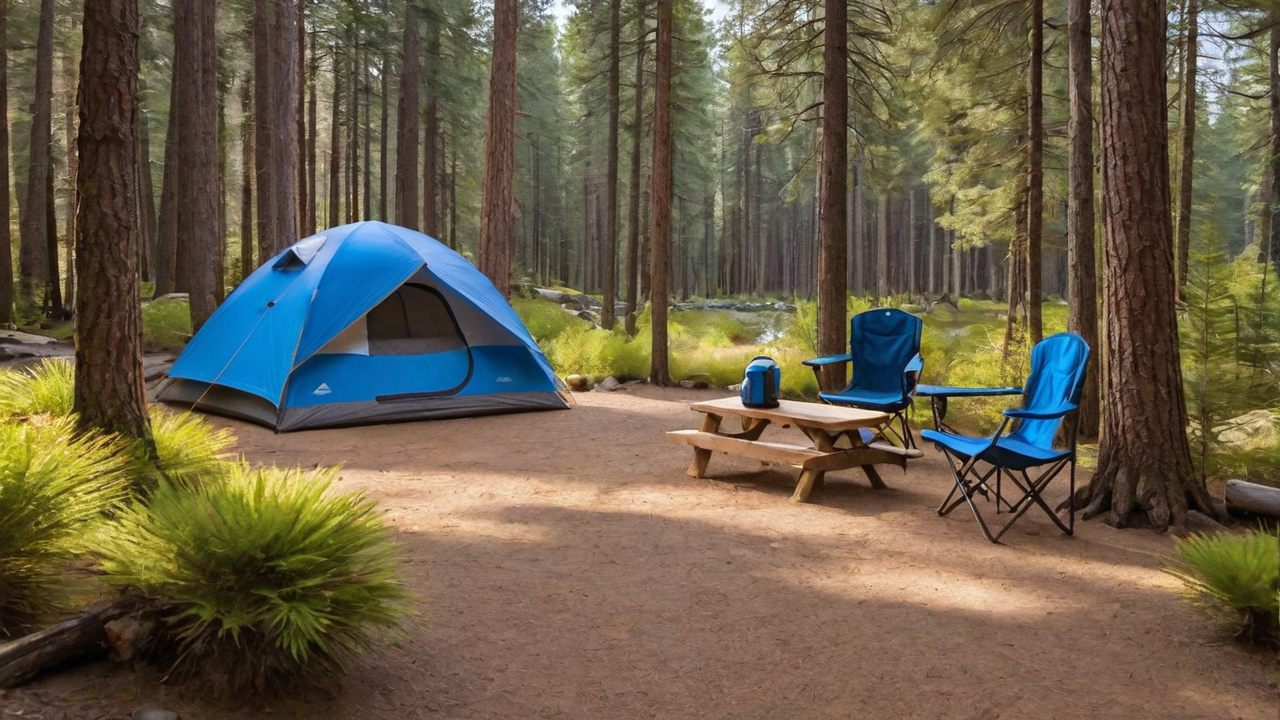Creating an Optimal User's Interface: Design Guidelines for Campground Software
Creating an Optimal User's Interface: Design Guidelines for Campground Software
Blog Article

Comprehending Your Audience
Knowing who the intended audience is crucial in designing an efficient user's interface. It's crucial to consider your requirements, preferences, and technology savviness. Such insight leads the designing decision, guaranteeing that the program is accessible and intuitive.
Knowing your users also implies recognizing the difficulties and how they plan to utilize the camping software. This allows designers to customize features and capabilities that meet specific needs, thus making the software not only helpful but also indispensable.
Streamlining the Navigation
Streamlining the navigation system is one major element of interface design. An intuitive menu system ensures users can readily find what they're searching for, reducing frustration and enhancing user satisfaction. It's about the experience within the app as seamless as possible.
Furthermore, effective navigation guides users through your software, emphasizing features and tools that they might otherwise miss. Such an approach not only boosts usability but also encourages deeper interaction with the campground software's full array of capabilities.
Integrating Premium Visuals
Graphics play a vital role in making a engaging user interface. Visuals help in breaking monotony and can demonstrate features more clearly than description alone. Choosing the correct graphics, icons, and color schemes can greatly enhance the overall appearance of the software, thereby making it more appealing to your eye.
Moreover, a consistent visual style is for creating a strong brand identity and trust among your users. Every element must be in alignment with the brand’s principles and the message of your application, creating a seamless user experience that is both polished and welcoming.
Enhancing the Responsiveness
In today’s online world, people demand campground software to be fully responsive on every devices, from desktops to mobile phones. An responsive design guarantees that no matter of what device size, your application delivers an optimal user experience. This not only improves accessibility but also caters to your users’ mobile lifestyle.
Moreover, improving your software’s responsiveness can lead in improved speed, minimizing load times and preventing frustration. Visitors value a fast and efficient experience when using camping applications, making performance a crucial element in satisfaction levels.
Optimizing the Search
Locating data efficiently is fundamental in any software, especially in campground management. Enhancing your search feature allows users to quickly locate exactly what they're searching for, which in turn enhances user experience and efficiency. By incorporating advanced search features, you can minimize user frustration and boost overall satisfaction.
Additionally, complex search features such as filters and tags can help in narrowing down results, making the search process more effective. Introducing these functionalities demonstrates an understanding of the users' needs and a commitment to making their interaction with your campground system as seamless and effective as possible.
Focusing on User Security
Security is a top priority when it comes to designing campground software. Users want to feel safe when inputting their private data. Guaranteeing strong security protocols not only secures their information but likewise builds a sense of trust between your customer and your company.
In addition to standard protections like strong passwords and data encryption, it's important to consider adding advanced security measures such as two-factor authentication or biometric verification. These features provide an extra layer of security, ensuring that user data is kept secure from unwanted access.
Utilizing User Feedback
Feedback is vital for ongoing improvement of the campground program. It enables the developers to see what is working, what doesn’t work, and how their application can be enhanced to better meet the user’s expectations. Actively seeking this feedback establishes an open dialogue between the users and the team, making them feel they are actively a part of your software’s evolution.
Taking feedback wisely can lead in significant improvements in user interface designs and the overall UX. Making changes based on real input demonstrates that the company values its customers and is dedicated to providing a superior experience.
Keeping Simplicity
Among design, simplicity is key. An unnecessarily complex UI can overwhelm users, leading in an negative UX. Keeping things simple, on the hand, makes the software easier to understand and navigate. It promotes more engagement and satisfaction.
Furthermore, maintaining the simplicity should also apply to the content and features. Avoiding superfluous functions that don’t add value can help ensure that the interface remains clean and focused on meeting the core requirements of your users. By doing so, more information you can craft a more efficient UX that appeals with the target audience.
Report this page